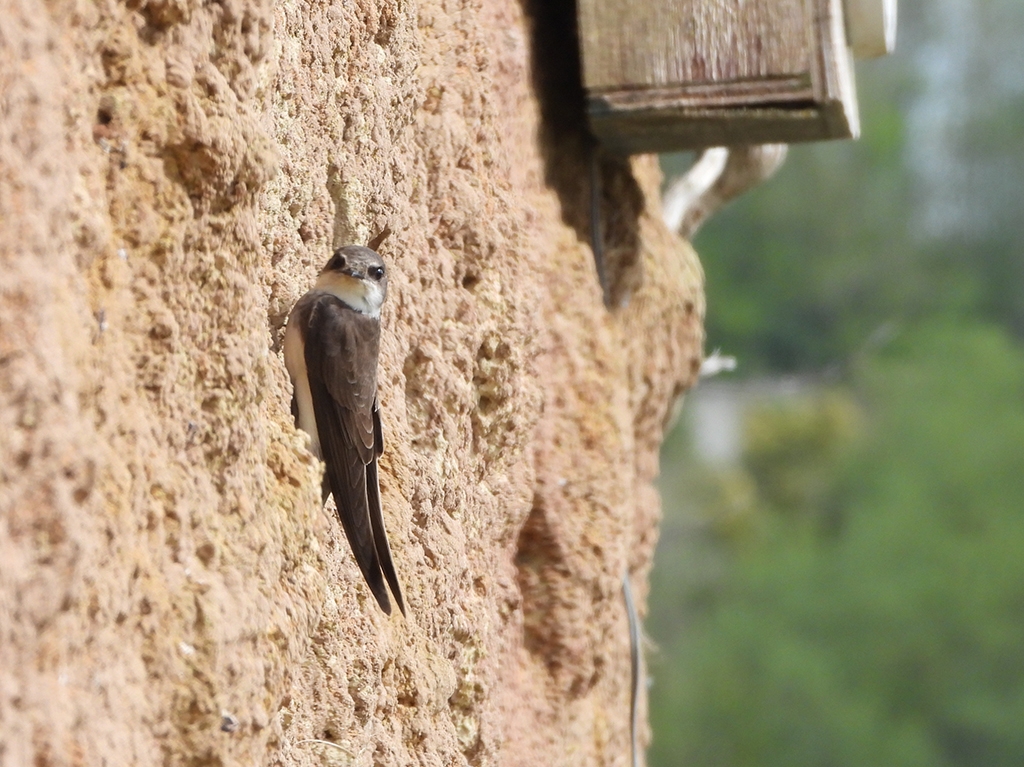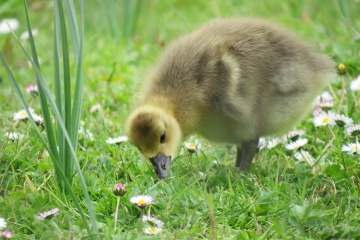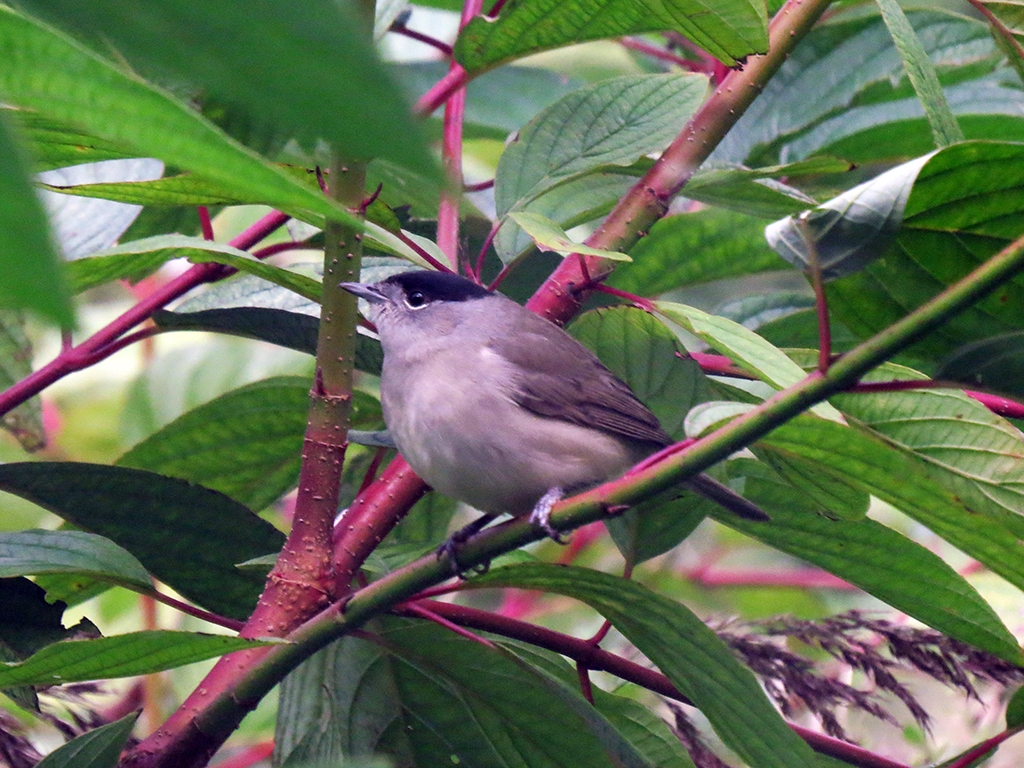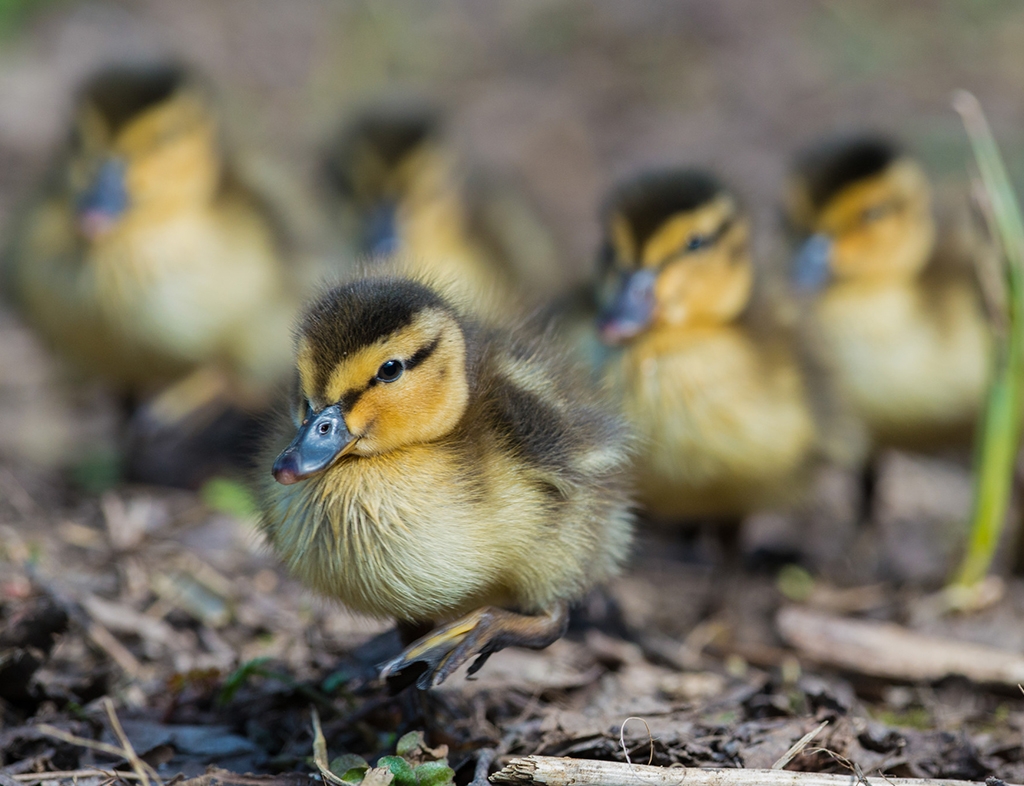Bioblitz surveys reveal baby bank voles
This entry is the text from Paul Steven's Wildlife Sightings column for August 27. Paul's column runs weekly in the Chichester Observer, Littlehampton Gazette and the Worthing Herald.
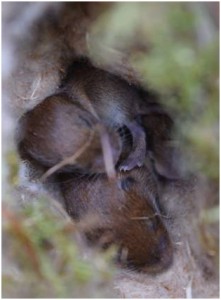
The wardens and volunteers were busy last week completing nine different wildlife surveys in a 48 hour period during our latest bioblitz at Arundel Wetland Centre. A bioblitz is an intense period of biological surveying in an attempt to record all the living species within a designated area. Unfortunately the evening bat survey was rained out but the dormouse survey was a go and produced interesting results. Warden Sam Halpin found three baby bank voles nestled in one of the dormouse nesting boxes we have installed on short stakes around the reserve. A bundle of baby pygmy shrews were tucked away another dormouse box and an adult shrew was the lone occupant of another. The grass dormouse nest Sam did find in another box was empty.
There are still nice views of bullfinches around the site. I spotted two separate family groups this morning as well as lots of juvenile goldfinches about feeding on the creeping thistle that is now going to seed. Kingfishers continue to give visitors thrilling views along the waterways.
Watermint and spearmint are flowering around the reserve. Insects are taking nectar from the full range of wildflowers around now. A plant that has me excited from a conservation standpoint is the water starwort that is growing in the Dragonfly Ponds at the entrance to the reedbed boardwalk. Water starwort provides good cover for fish and a home for insects. Newts like to lay their eggs in starwort, folding each egg inside an individual leaf. We have water starwort in the ditches around the wetland centre site. Ducks love to eat starwort so there is not much of the aquatic plant in the grounds. We stopped visitors from hand feeding of wild ducks in the reedbed this summer to give necessary plants like starwort a habitat to thrive in. The appearance of starwort here shows this approach is working.
Last Monday Sam and James saw a great white egret flying over the reserve. There were reports of the great white egret at the ponds near the river at Bury and other sightings have been reported.
Our Woodland Loop gave me a good number of sightings including a nuthatch, a great spotted woodpecker and a green finch. The coal tit among the blue and great tits was a bonus as well.
